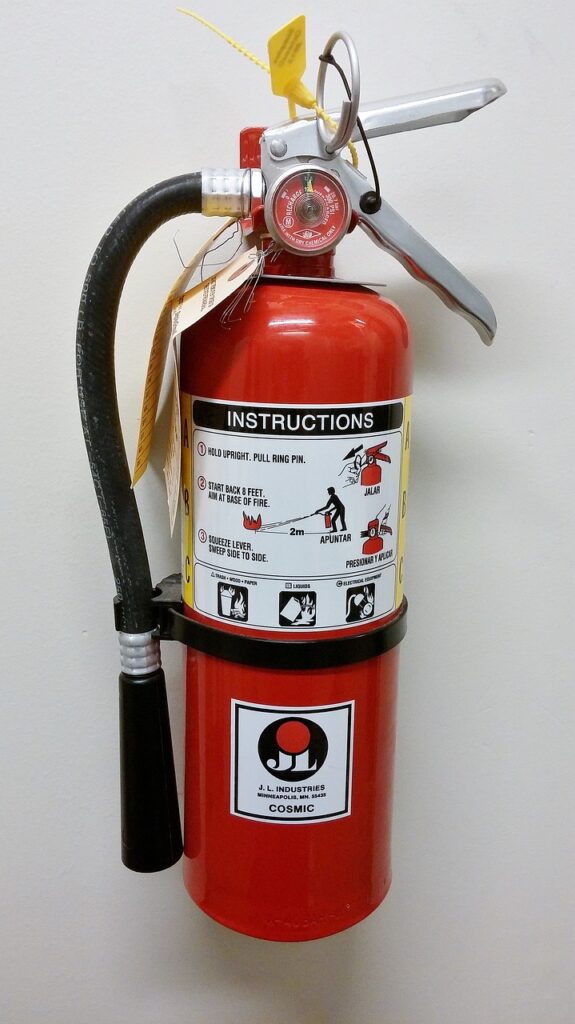In the hustle and bustle of everyday life, it’s easy to overlook one of the most critical aspects of home safety—fire prevention. Our homes are our sanctuaries, but without proper precautions, they can quickly become a potential fire hazard. In this blog, we’ll explore practical and often overlooked tips on how to practice fire safety at home, turning your living space into a secure haven for you and your loved ones.
Mindful Kitchen Practices:
The kitchen is often considered the heart of the home, but it’s also a common place for fires to break out. To mitigate the risk:
a. Never leave cooking unattended: Whether it’s a simmering pot on the stove or something baking in the oven, always stay close by.
b. Clear the Clutter: Keep flammable items like dish towels, paper towels, and pot holders away from the stove.
c. Invest in a Fire Extinguisher: Have a fire extinguisher readily available and know how to use it. Familiarize yourself with the PASS technique (Pull, Aim, Squeeze, Sweep).
Electrical Safety:
Electrical fires are a prevalent yet preventable danger in homes. Take these steps to ensure electrical safety:
a. Regular Inspections: Routinely check cords and outlets for signs of wear or damage. Replace any frayed wires immediately.
b. Don’t Overload Outlets: Avoid overloading power strips and outlets. Distribute your electrical devices wisely.
c. Unplug Unused Appliances: Even when turned off, appliances can pose a risk. Unplug them when not in use.
Heating Hazards:
As temperatures drop, heating devices become essential. However, they can also be a fire risk. Stay warm and safe by:
a. Space Heater Awareness: Keep space heaters at least three feet away from flammable materials. Turn them off when leaving the room or going to sleep.
b. Chimney Maintenance: If you have a fireplace, ensure it’s cleaned and inspected regularly to prevent chimney fires.
c. Safe Practices with Candles: Never leave candles burning unattended, and keep them away from curtains, bedding, and other flammable items.
Smoke Alarms and Fire Escape Plans:
Having functional smoke alarms and a well-thought-out escape plan are crucial components of fire safety:
a. Install Smoke Alarms: Place smoke detectors in every bedroom, outside each sleeping area, and on every level of the home. Test them monthly and change batteries annually.
b. Create an Escape Plan: Discuss and practice a fire escape plan with your family. Ensure everyone knows multiple exit routes and where to meet outside.
c. Emergency Contacts: Have a list of emergency contacts readily available, including the local fire department and neighbors.
Incorporating these fire safety practices into your daily routine can significantly reduce the risk of fire incidents in your home. Remember, fire safety is a collective effort that requires everyone in the household to be vigilant and proactive. By adopting these measures, you’re not just safeguarding your property; you’re prioritizing the well-being and security of your loved ones. Stay safe, stay informed, and let your home be a haven of warmth, not a source of danger.


